Your entire life you’ve been led to believe that paper beats rock. When it comes time to buy an engagement ring, the maxim gets reversed.
When a jeweler specifies that a diamond comes with papers, we mean it comes with a certificate – a report card from a third party gem grading lab that essentially states a diamond is what we say it is. It serves as “proof” that the G color grade, VS1 clarity grade diamond in front of you is exactly that.
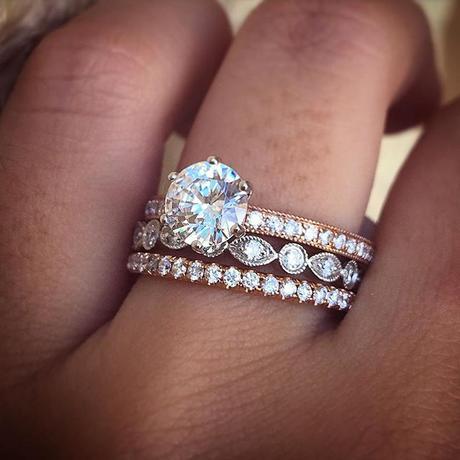
When it comes to the lab issuing the grade, there’s much discussion about GIA (the Gemological Institute of America) vs. EGL (the European Gemological Laboratory.) Despite the ‘Merican-ness of both lab names, they do have locations spread throughout the world. Which is one major point of contention in the comparisons between the two.
EGL’s international labs are well known within the industry as…flexible. It’s why the largest diamond trading website banned EGL certified diamonds – the standards are a moving target, and when you’re shopping online you can’t see the diamonds for yourself. The certificate is all you have to go on.
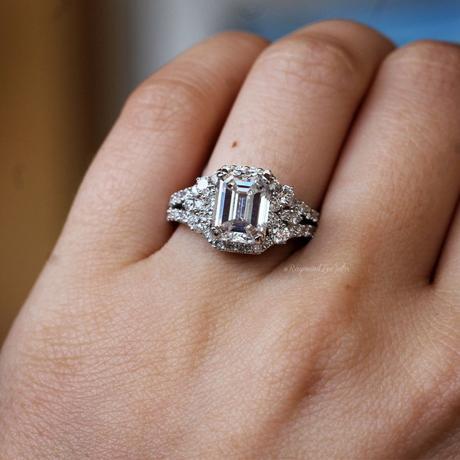
Which has created somewhat of a sticky situation. For me, GIA was the be-all, end-all of diamond certificates. It makes sense – they have the highest and strictest standards for diamond grading, and their labs are consistent regardless of where they’re located. I’ve spent years wondering and answering the question “Does my diamond need a certificate?”
But now I think my answer has changed. It typically was “kind of yes” because a certificate all but guaranteed that you were getting what you were paying for – unless it didn’t. It reassured you that your diamond was priced properly – unless it wasn’t. And it told you that your jeweler was being up front with you about your diamond – until they weren’t.

A certificate – even a GIA certificate, is still just a piece of paper. And it’s still issued by a human. Granted, a well-trained graduate gemologist, but a human being nonetheless. And while he or she will issue their expert opinion, it’s still just that: an opinion.
And with pricing – a certificate just gives a jeweler the leg to stand on when determining their pricing. It doesn’t mean they’ll price it fairly. They may charge a premium for a GIA certified diamond, as most do. Getting a diamond certified takes time, which lengthens the turnaround time for the jeweler to recoup its cost with a sale. It also takes money, which increases the amount he needs to charge to turn a profit. And some jewelers just build in an extra mark up because they can – the stone is GIA certified, after all.
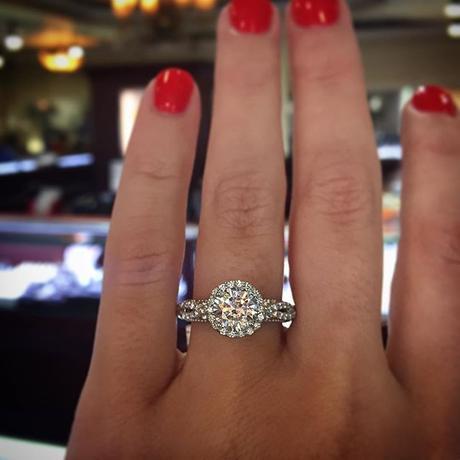
On the other hand, perhaps he sent a different stone off to EGL because he knew the GIA grade it would receive would lower its value and the amount he can charge. By sending it to a lab with more relaxed standards, he can get that diamond a “better” color, cut and clarity grade and charge accordingly. It’s still the same diamond, just with different numbers and letters after its carat weight.
And yet, the demand for certified diamonds – with very specific criteria – has exploded. I blame two things 1. Online only engagement ring dealers. 2. Millennials (obviously. Everything is our fault.)
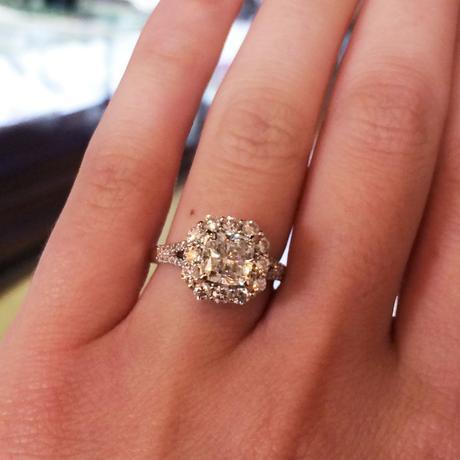
The explosion of online-only retailers has totally changed the way people shop for engagement rings. It means that not only are thousands of options at our fingertips, it means that the pricing is too. This is great for the customer – it lets you:
- Shop at your own leisure, without any pushy salespeople talking in your ear
- Find exactly what you’re looking for
- Compare prices from several sellers, both online and off.
The problem is that you’re often comparing apples to oranges. These sites are all based entirely on certificate. They don’t actually own their inventory, they order it when you do. They’re selling diamonds they’ve never laid eyes on – so yes, they place an enormous emphasis on the importance of a certificate. And when the certificate is so crucial, you’d better make damn sure the lab is reliable. Hence the emergence of GIA certified diamonds as the only ones that matter.
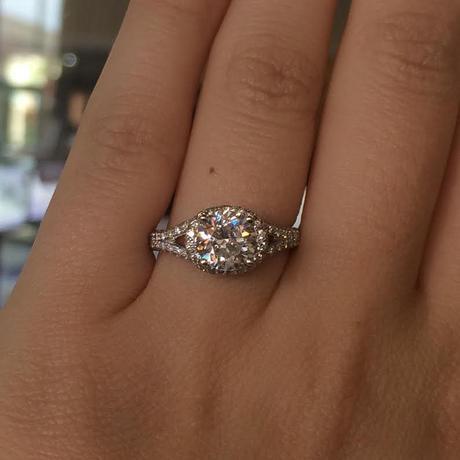
However, these certificates may have small comments that extend beyond the 4 C’s 90% of customers shop for. Things like a small comment “cloud” on an otherwise perfect report. Things like “strong blue” under fluorescence. Things that the average first time diamond buyer isn’t as well-versed in, but can ruin a great diamond. They also skew the perception of fair price for a diamond.
Let’s say a savvy groom spends 2 hours a night for a month combing through GIA certified 2 carat, E color, VS1 clarity grades with triple excellent cuts on PurpleRhine.com he knows what they generally cost. He’s going to balk when he comes in to see me and I show him diamonds with the same characteristics, but mine are 50% more expensive. And that’s when I get to enlighten them to the “fine print” on the online certificates – strong blue fluorescence.
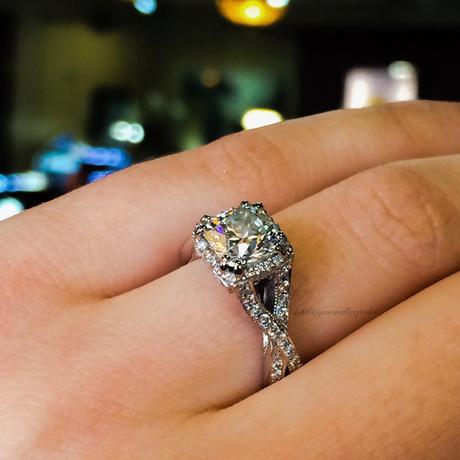
So now my groom, who has spent hours researching a. how to buy the perfect diamond b. which diamond specifically he wants to buy, feels like he needs to learn an entirely new segment of diamond information. He’s overwhelmed, annoyed, and frustrated with the whole diamond buying process. Why? Because he’s a millennial, 99% of the time.
Aside from ruining everything, we millennials have other defining characteristics. Chief among them, we like to be know-it-all’s. We’ve never had to try exceptionally hard to get the information we need, what with Google at our fingertips and free trial AOL cd’s before it. And we like to be informed about whatever we’re talking about. We especially like to know what we’re doing when we’re dropping a huge wad of cash on one of the most momentous purchases we’ve ever made. So yes, we research. To the point of TMI.
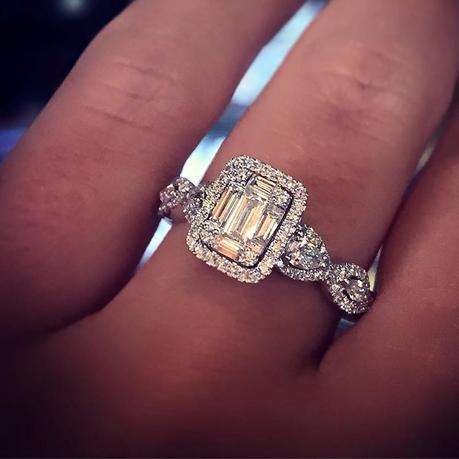
But it makes for misery about a purchase that, while a little nerve-racking, should generally be exciting and positive. So before I hit 2,000 words, I want to share a little anecdote from my VP, Lee about a couple he was helping a few weeks ago.
The happy couple was already engaged – Groom had proposed with a simple band, just waiting for the perfect diamond. Bride was overjoyed, and armed with Pinterest and the internet, learned precisely what she needed to find to make the ring of her dreams. And that was a 1.70 carat, G, SI1, Triple Excellent GIA certified round brilliant. Nothing less (someone had actually told the poor girl that SI1 was fine, but in an SI2 she’d absolutely be able to see the inclusions. You know how I feel about that.)
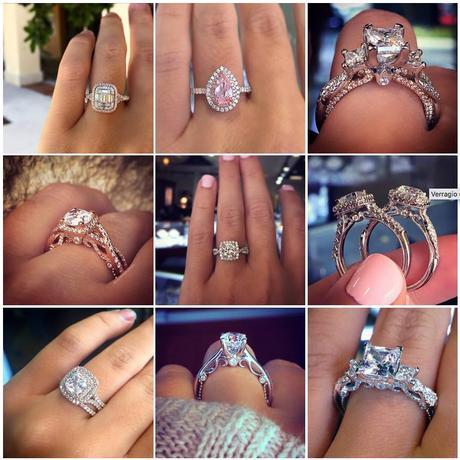
The groom called Lee, told him they’d looked everywhere to no avail. So they set up an appointment. Lee pulled a few diamonds from the showcase before they came in, and focused on two: a G, IF, Triple Excellent 2 carat and an uncertified 1.93 I, VVS1.
The couple sat down, clearly the fun and excitement of building the bride’s dream ring had disappeared. Lee jokingly pointed this out, and while they did laugh, the bride actually got tears in her eyes. This had gone too far, and Lee announced it was time to stop focusing on the paper, and start focusing on the diamonds.
He presented his selection, including his two examples. He said, “One of these costs $90k, the other costs $14k. Can you tell me why?” With a loupe, the couple checked them out and admitted they couldn’t see much difference, let alone enough to justify the price difference. Lee explained the quality difference, and successfully showed them what it would mean to broaden their criteria, and therefore their selection of available diamonds. They ended up finding a stone that satisfied her desire for quality and the groom’s desire for quantity. All because they stopped shopping for a certificate and started shopping for a diamond.
So moral of the story: Paper doesn’t always beat rock.

